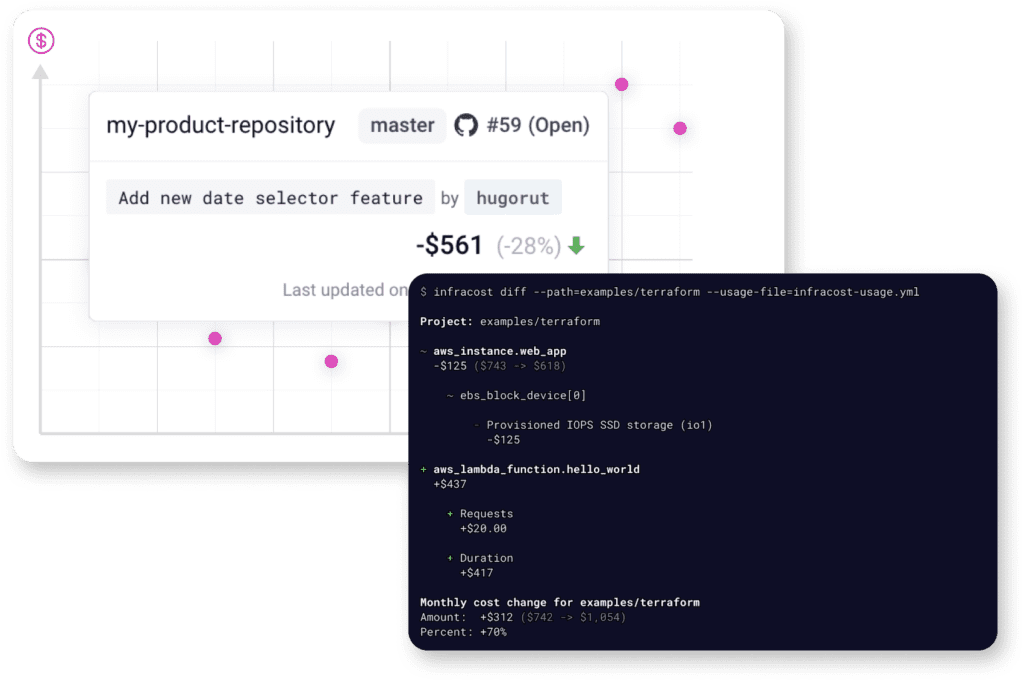Origins of CUD
As cloud computing grew in popularity and competition among CSPs intensified, providers sought ways to enhance customer loyalty and predictability in their revenue streams. Commitment Usage Discounts emerged as a strategy for Google Cloud to incentivize users to commit to longer-term usage, benefiting both the user, through cost savings, and the provider, through sustained resource allocation and revenue.
How CUD Works
Users typically choose a specified amount of resources or services they intend to use, or a minimum spend for a predetermined period. In exchange for this commitment, the CSP offers a reduced rate compared to standard, on-demand pricing. The greater the commitment, usually, the higher the discount.
It’s crucial for users to accurately forecast their needs, as under-utilization can diminish the benefits of the discount, while over-utilization can lead to additional costs.
Benefits of CUD
Commitment Usage Discounts offer several advantages:
- Cost Savings: Over the commitment period, users can achieve significant savings compared to on-demand pricing.
- Budget Predictability: With a fixed commitment, businesses can more easily predict and budget their cloud expenses.
- Resource Availability: Committing in advance can ensure resource availability, particularly beneficial for businesses operating in regions or on platforms with high demand.
Points of Consideration
While CUDs offer numerous benefits, businesses must be cautious and considerate when opting for such plans. Accurate forecasting is crucial to avoid over-commitment, and understanding the terms of the commitment, such as potential penalties for changes or early exits, is essential.
Conclusion
Commitment Usage Discounts provide an effective mechanism for businesses to optimize their cloud expenditure while ensuring resource availability. However, as with any financial commitment, businesses should thoroughly evaluate their needs, understand the terms of the agreement, and regularly reassess to ensure continued alignment with their evolving requirements.
Shifting FinOps Left 👈
Put cloud costs in engineering workflows, and see the cost of upcoming code changes before resources are launched.

